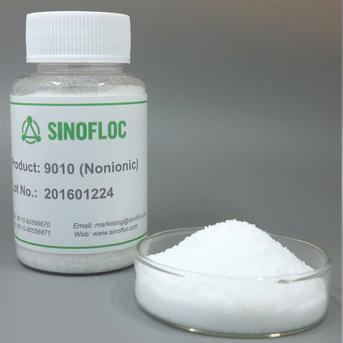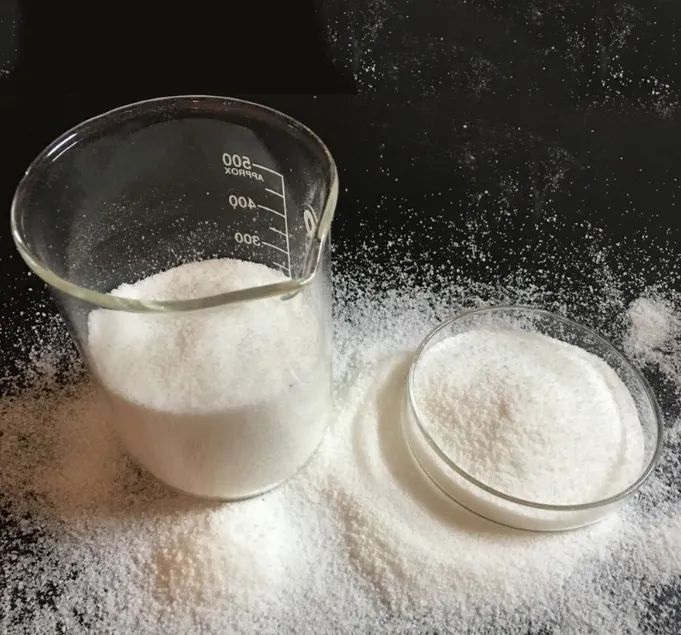Latest News
 What Are the Application Fields of Nonionic Polyacrylamide
2024-10-28
What Are the Application Fields of Nonionic Polyacrylamide
2024-10-28
 Differences and Uses of Cationic, Anionic, and Nonionic PAM
2024-10-25
Differences and Uses of Cationic, Anionic, and Nonionic PAM
2024-10-25
 Using Anionic Polyacrylamide This Way Yields the Best Results
2024-10-22
Using Anionic Polyacrylamide This Way Yields the Best Results
2024-10-22
 Uses of Cationic Polyacrylamide
2024-10-19
Uses of Cationic Polyacrylamide
2024-10-19
 Selecting Polyacrylamide Flocculants: Avoiding 5 Major Pitfalls
2024-10-16
Selecting Polyacrylamide Flocculants: Avoiding 5 Major Pitfalls
2024-10-16
 A Brief Discussion on Amphoteric Flocculants' Function and Application
2024-10-13
A Brief Discussion on Amphoteric Flocculants' Function and Application
2024-10-13

SINOFLOC amphoteric flocculants are partially hydrolyzed polyacrylamide with high molecular weight. This amphoteric polyacrylamide is easily to remove both the positive and negative charged contents particles in a suspension solution.
|
Products |
Product Code |
Cationic Charge |
Anionic Charge |
Molecular Weight |
|
Amphoteric PAM Powder |
SINOFLOC 502 |
Low |
Medium |
High |
Amphoteric polyacrylamide also called zwitterionic polyacrylamide or dipolar ionic polyacrylamide. The molecular chain of the amphoteric flocculant has two or more functional groups, of which have at least one anionic charge and one cationic charge. Unlike other mono-ionic polyacrylamides that only form either a cationic or anionic charges, the amphoteric polyacrylamide simultaneously have both ionic states.
Amphoteric polyacrylamide is copolymerized by acrylic cationic monomer and acrylamide monomer. The anionic charge forms after the hydratization of the acrylamide monomer, and the cationic charge forms from the acrylic monomer. Thus, the amphoteric polyacrylamide has both positive and negative charges on its molecular chain.
Leave us Message
